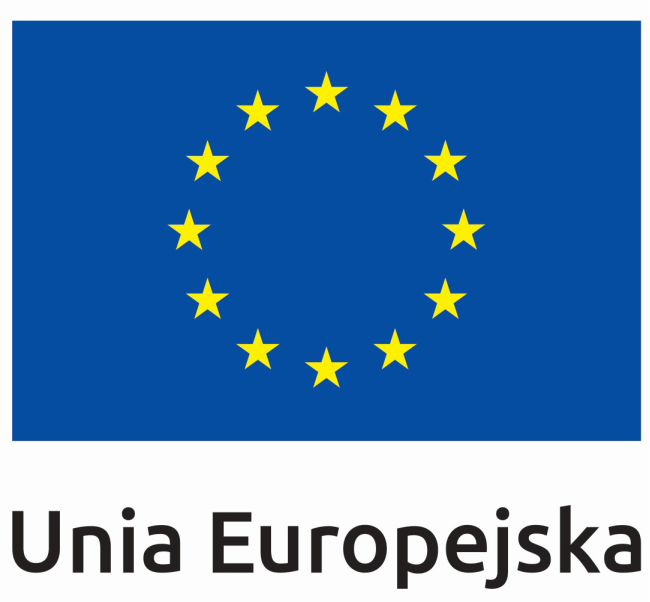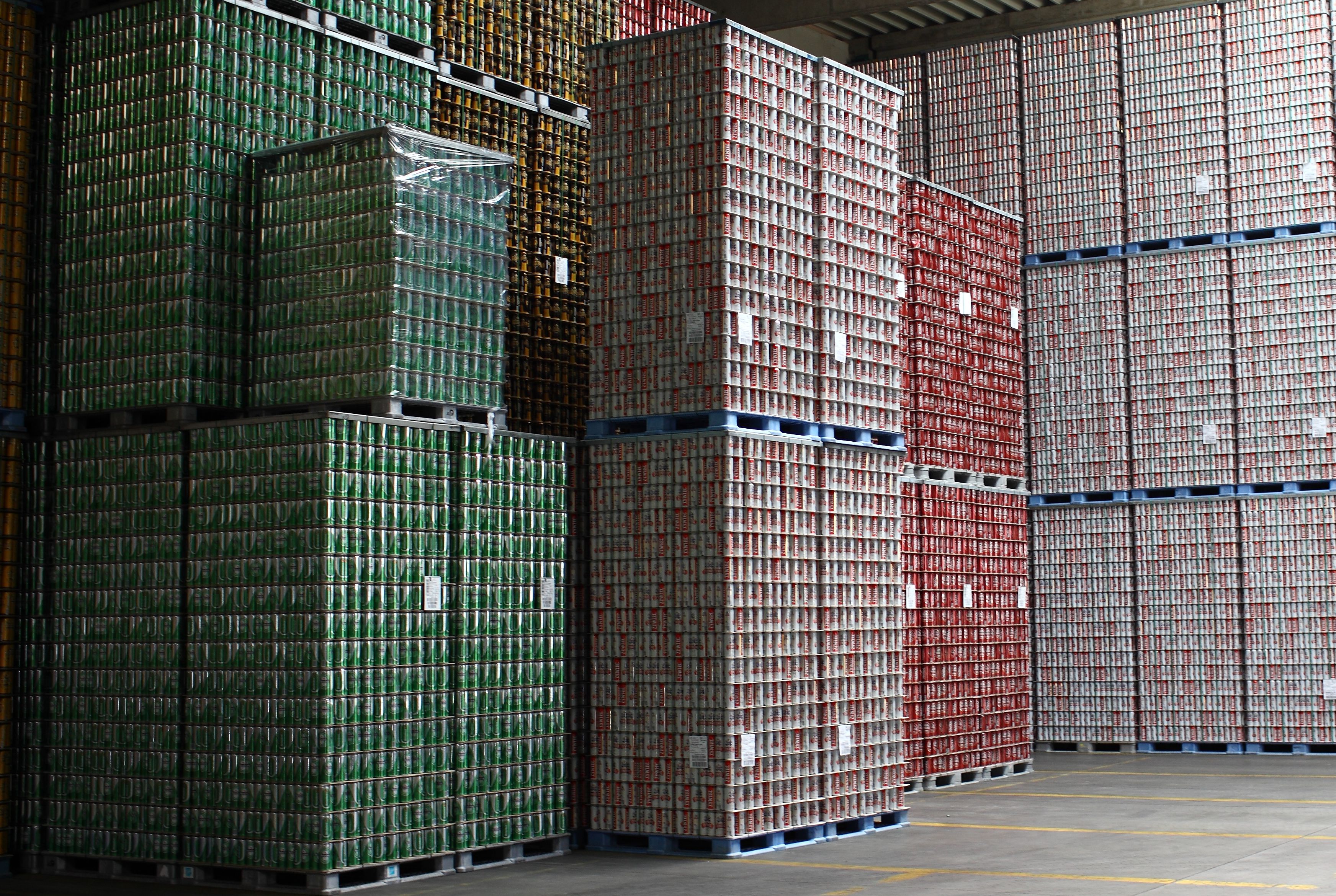WMS OPTIpromag® by Optidata in Browar Żywiec- Practical use of the benefits of the GS1 standard in the area of supply.
The Żywiec brewery is the largest production plant in the Żywiec Group. They produce brands such as Żywiec, Heineken, Warka, Tatra, in a wide range of assortment (bottled, canned and kegs). Due to the very large variety of finished products, the brewery also has a large number of packaging types (SKUs). Efficient management of the disposable packaging warehouse and the entire process of handling production orders would be almost impossible on such a scale without a well-functioning WMS system that effectively cooperates with the existing ERP tool.
The Challenge:
The implementation covered a modern high-storage warehouse in which materials used for beer production are stored. The main task of the system is to optimise the logistics processes in the production area, as well as to improve the warehouse processes and coordination of traffic between the central warehouse of ready-made materials and the production warehouse. ‘The biggest challenge in implementing the WMS system was the fact that new process handling procedures were launched while the brewery was fully operational so no production downtime could take place. This challenge was solved thanks to short on-the-job training and properly planned assistance available 24 hours a day in the first days of the system’s production operation … “- asserts Dariusz Olearczuk, the Optidata Managing Director.
Implementation:
The implementation of the WMS OPTIpromag system naturally resulted in resolving the issues related to the labelling of materials and logistic units. It was decided to use the GS1 standards in the process. The introduction of the principles of GS1 standards was assumed in all implemented warehouse operations. In the high-bay warehouse, one of the warehouses covered by the system, the basic logistics units path which in practice are pallets, begins with the implementation of admission to the warehouse acceptance zone. Further, it includes the disposition of transfers to automatically designated locations in the storage zone, as well as the implementation of issues and returns to and from production. Acceptance of pallets labelled in accordance with the uniform GS1 guidelines shortens the acceptance time process in relation to the time of carrying out the analogue process using the ‘manual’ method. In addition, this solution significantly reduces the number of errors committed at this stage. From the moment the pallet is accepted, its content (incl. the index, unit of measure, quantity, production batch number, expiry date) is associated with the unique pallet identifier, defined by the GS1 standards as the Serial Shipping Unit Number (SSCC). Further pallet-related warehouse operations such as shifts within the warehouse, issue and receipt of returns from production; inventories, tracking, can be carried out based on the SSCC. If necessary, the software of mobile terminals automatically downloads the information collected in the system related to the indicated SSCC. An important element of the undertaking was the verification of labels issue used by material suppliers. Some suppliers have not previously come across or applied the GS1 guidelines in practice. A large group of suppliers have already tried to use the GS1 standards, but the labels provided contained more or less significant irregularities. A common problem was the lack of the FNC1 characters in places where they are needed or the wrong selection of the Code 128 character set. It often resulted in printing code symbols with an underestimated value of the X dimension where lines are too close to one another, often illegible. Among other elements of support for the GS1 standards from the IT system side is the possibility of quick ‘reprinting’ of the GS1 logistic labels for existing pallets and specific trade units, to replace damaged labels. The issue of verification of control digits and length of numbers such as GTIN, GLN or SSCC is also important. In the field of labelling logistic and commercial units, units with constant and variable quantity are supported. Appropriate master data configuration ensures an automatic selection of the correct GS1 Application Identifiers (AI) placed on the label.
Benefits of introducing the GS1 logistic labels to finished products:
- Product traceability at the logistic unit level;
- Meeting the growing requirements of commercial networks such as JMP / Biedronka or Netto;
- Automation of the PW process (linked to the production order / SAP process order);
- Overall work efficiency increase;
- MWG;
- Error elimination;
- Precise reporting.
Benefits of introducing the GS1 logistics labels for supply materials:
- Traceability of all materials;
- Foreign party identification;
- Tracking of material movements throughout the entire flow based on the GS1;
- RW – on-line – elimination of ‘backward’ BOM accounting;
- The PZ process acceleration;
- Inventory process acceleration;
- Reporting.
Integration with the existing ERP infrastructure, based on the SAP R / 3 system was implemented using the Web Services (SOAP) technology. From the OPTIpromag side, the solution is based on the proprietary OPTIws tool. On the SAP side, SAP Exchange Infrastructure (SAP XI) was used.
Operational benefits of introducing the GS1 identification system:
The implementation started at the end of 2008. It took about 7 months starting from the requirements analysis up to the final training and commissioning of the system. Thanks to the use of identification standards in accordance with the GS1, the brewery has been provided with full traceability of elements spent on production in real-time. The material acceptance processes have been improved thanks to labelling pallets with SSCC numbers.
The implementation of the WMS OPTIpromag system allowed to organise the processes of admission. The releases increased the detail of the system information available and harmonised the deliveries. Simultaneously the efficiency of process implementation was increased and the productivity of the warehouse employees has been improved. This happened inter alia due to the elimination of documents in paper form and the need to enter them manually into the parent system. The result of the system implementation is the optimisation of processes for stocking production lines. This is currently possible thanks to quick identification of materials and optimisation of the processes of placing and picking materials from the warehouse based on the GS1 standards.
In addition, the WMSOPTIpromag system has streamlined the inventory processes and provided full traceability in production.
OPTIDATA is a GS1 Polska Partner in the Cooperation Programme with Solution Providers:
After passing the audit procedure in 2010 these were the offered OPTIDATA’s solutions: OPTIpromag (production and storage support system) and LogONE (application for commercial labelling and logistics units), certificate and the right to use the ‘GS1 Compliant’ sign.





